Physical and medical problems
Page updated on: 01/10/2024
Some children have longstanding (chronic) difficulty with movement, caused by a physical, genetic or medical condition. Movement is a key part of physical, social, emotional and intellectual development, so this will affect a child’s ability to take part in everyday school life. They will have to make more effort than other children.
Some common conditions are:
- Cerebral Palsy: Affects posture and movement. This can range from mild clumsiness to severe, where the whole body is affected.
- Duchene Muscular Dystrophy: Muscle weakness, affecting boys only, which gets worse as children get older.
- Spina bifida: The effects can range from mild to severe. Children will need to use crutches or a wheelchair.
How will the school help?
Schools must make sure that children are included, and that they take into account children’s individual needs.
Children with physical or medical needs will have a Care Plan, Individual Development Plan or Statement of S.E.N. School staff need to know this plan and use it in their planning.
Schools have a duty under the Equality Act 2010 to make reasonable adjustments to ensure there is no discrimination against disabled people.
Schools also need to be aware that any bullying can damage self esteem and confidence, and needs to be dealt with according to school bullying policy.
Children, young people, parents or carers should speak to the school or doctor initially if they have any questions about the learner’s physical or medical problems.
Children and young people will be supported in different ways according to their needs within the classroom. They may need to work in small groups, sometimes with a teaching assistant to support needs or help identify need. Some children and young people who require additional support will be identified as having additional learning needs through a decision-making process.
The following websites may be useful for more information:
Education & Schools
Bilingual Education
Find a school
School Admissions and Changing Schools
Additional Learning Needs
School transport
Emergency school closures
Home schooling - Elective Home Education (EHE)
Learning Carmarthenshire
Adult Learning Courses
School term dates
Road safety
School meals
ParentPay
Pendine Outdoor Education Centre
Youth Support
Participation and children's rights
School sport & leisure
Financial Support
Miss school : Miss out
School budgets
School governors
Carmarthenshire's Modernising Education Programme
Education Sir Gâr 2022-2032
- Why do we need this strategy?
- Vision to 2032
- Our desired outcomes 2022-2032
- Link to well-being objectives
- Policy background
